Data collection capabilities of a new non-invasive monitoring system for patients with advanced multiple sclerosis
- PMID: 24551323
- PMCID: PMC3900123
Data collection capabilities of a new non-invasive monitoring system for patients with advanced multiple sclerosis
Abstract
This paper reports on a data collection study in a clinical environment to evaluate a new non-invasive monitoring system for people with advanced Multiple Sclerosis (MS) who use powered wheelchairs. The proposed system can acquire respiration and heart activity from ballistocardiogram (BCG) signals, seat and back pressure changes, wheelchair tilt angle, ambient temperature and relative humidity. The data was collected at The Boston Home (TBH), a specialized care residence for adults with advanced MS. The collected data will be used to design algorithms to generate alarms and recommendations for residents and caregivers. These alarms and recommendations will be related to vital signs, low mobility problems and heat exposure. We present different cases where it is possible to illustrate the type of information acquired by our system and the possible alarms we will generate.
Figures

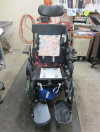
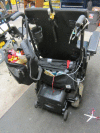
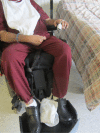



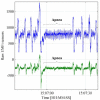
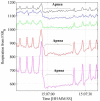


References
-
- World Health Organization . Guidelines on the Provision of Manual Wheelchairs in Less Resourced Settings. World Health Organization; 2008. p. 129. - PubMed
-
- Avenel-audran M, Goossens A, Zimerson E, Bruze M. Contact dermatitis from electrocardiograph-monitoring electrodes: role of p-tert-butylphenol-formaldehyde resin. Contact Dermatitis. Munksgaard International Publishers. 2003;48(2):108–11. - PubMed
-
- Pino E, Arias D, Aqueveque P, Curtis D. Assistive Devices for HealthCare: Multiple Sclerosis. AMIA 2012 Annual Symposium. 2012. p. 1899.
-
- Noseworthy JH, Lucchinetti C, Rodriguez M, Weinshenker BG. Multiple Sclerosis. N Engl J Med. 2000;343(13):938–52. - PubMed
-
- World Health Organization . Neurological Disorders: Public Health Challenges. World Health Organization; 2006. p. 218.
Publication types
MeSH terms
LinkOut - more resources
Full Text Sources
Other Literature Sources
Medical
